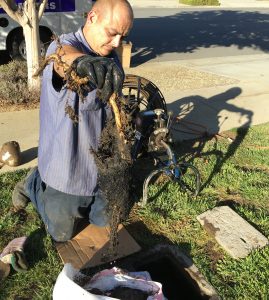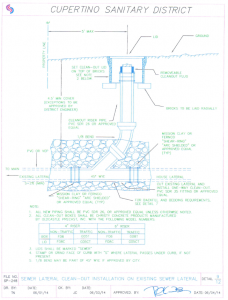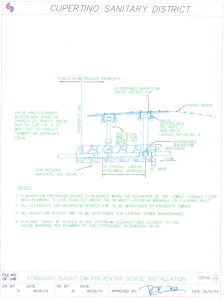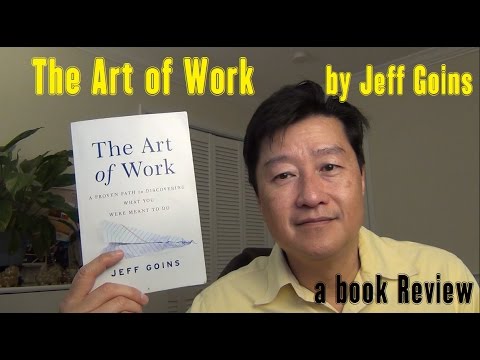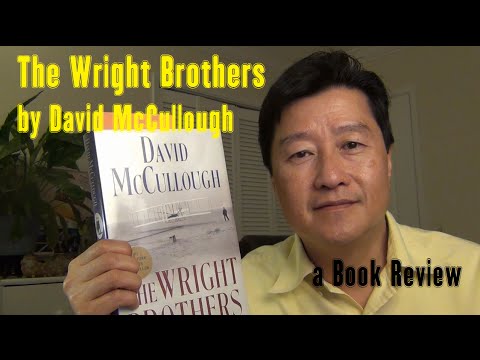A couple of weeks ago, I was woken up by the gurgling/bubbling noise from my bathroom toilet as the washer was started and running before going to bed. I noted it as some sort of dream and forgot about it. Then a couple of days later, I noticed the same phenomenon when the washer was running again, this time during the day time while I was in my den and wide awake.
Not good. The sewer was backed up!
I tried snaking from the toilet, from the washer sink and then from the cleanout to the side of the house. Still not good. In fact, I made it worse, now the toilet was consistently backed up and almost overflowing.
At this point, I was pretty exhausted and I figured it’s time to call the pro. It was Sunday afternoon. I called several rooters/plumbers and none of them could make it the same day. They were so busy that the next appointment was going to be a few days later. Fortunately, one of the plumbers suggested that it’s mostly likely the “mainline” being backed up. and he suggested that I check if there is cleanout near the sidewalk, hinting that if it’s backed up there, the city may be responsible for taking care of the problem because it’s between my house and the sewer running under the city street – a responsibility of the city, as long as the cleanout is within 5 feet of the sidewalk.
So I checked and there was a cleanout that was overflowing to my front yard and it’s within 2 feet of the side walk.
I immediately called the Cupertino City Sanitation Service Department. Sure enough, they said they can check it out within 30 minutes as they were doing some work a few blocks away. The guy told us to stop using the sewer (no toilet, washing and other things that might drain).
About 30 minutes later, the city sanitation person showed up and saw the situation and said that the contractor, Roto Rooter, will come over when he’s done with the previous job. He started scooping up the water to his 5-gal bucket. The Roto Rooter guy showed up within 15 minutes and started the snaking process. But they first wet vacuumed the whole cleanout and opened up the cleanout that has a ball over the tube and a Darthvader-helmet-like cap over it. As soon as he punch through the first root-like obstruction, the sewer water flew smoothly. He eventually cleaned up the opening and pulled a carrot-like root (see picture) out of the tube. As it turned out, the root of the tree near the sidewalk was spreading into the cleanout to sip the sewer water – probably a result of years of drought in our area.
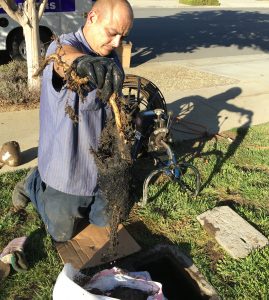
ThecRoto Rooter guy snaked it one more time to be sure and finished the job within 30 minutes. I flushed both toilets and ran water in the tub for a few minutes to clean out all the accumulated residues in the drain pipe. And it was done without costing me a dime!
A couple of days later, the city came back with a camera-attached snake to look through the pipe and cited several code issues with my cleanout. See photos below on the existing cleanout vs the new standard cleanout design. Then a couple of days later, the city contracted with Roto Rooter to snake it one more time to be sure. Now, that’s tax dollars at work!
Here are what I learned:
– Bubbling in the toilet is most likely a mainline sewer backup. Check the cleanout closest to the street first.
– Snaking from inside the house for a mainline backup problem is not productive.
– The city is responsible for the mainline backup if the cleanout is backed up within 5 feet of the sidewalk.
– The modern cleanout design makes sewer backup much easier to remedy. The technology in human living environment continue to advance. It’s not your father’s sewer system any more.

